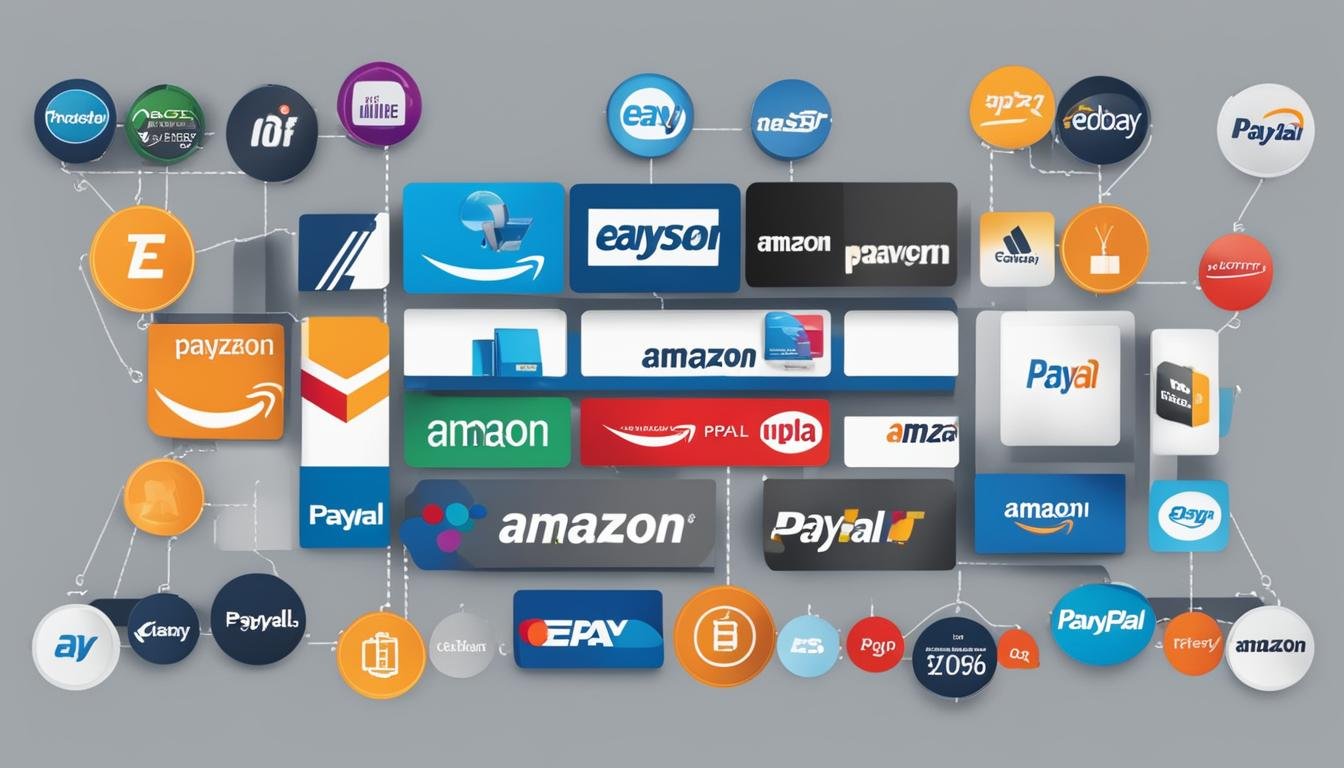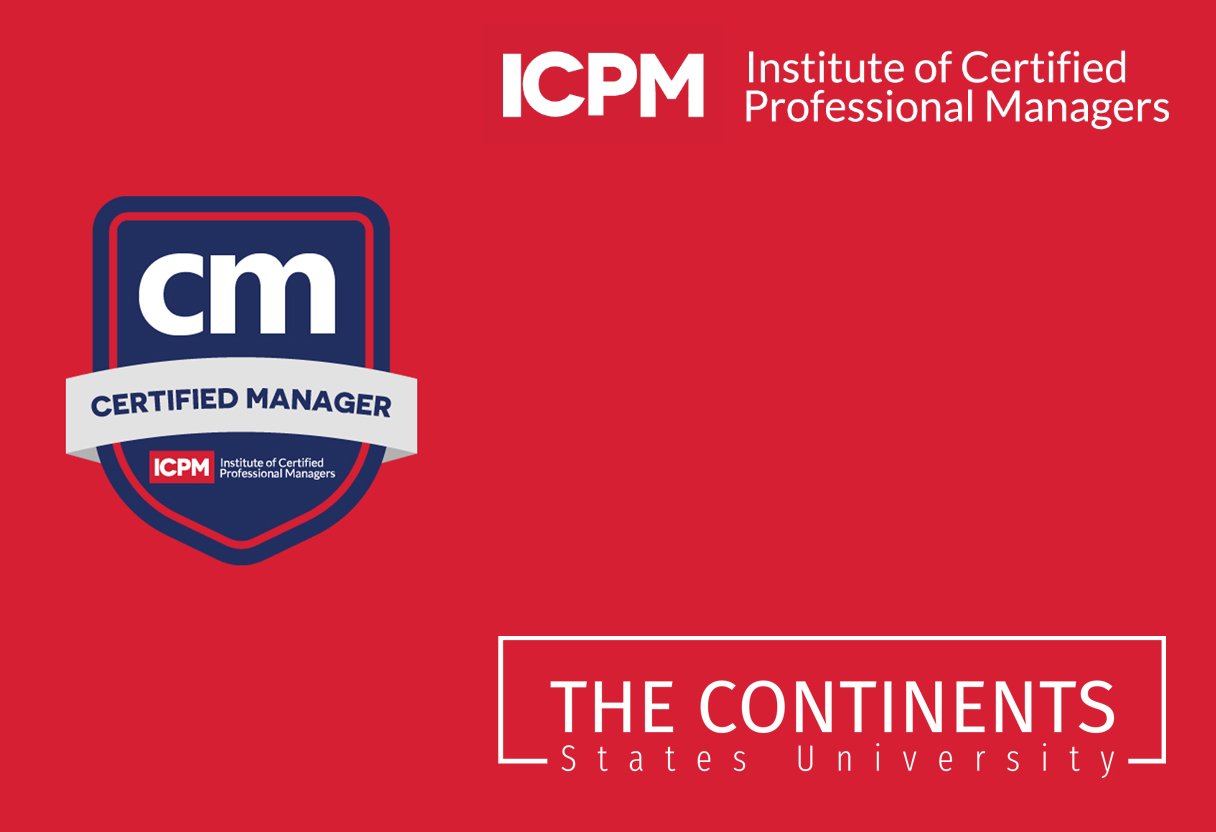E-commerce has revolutionized the way we shop and conduct business. From its humble beginnings to its staggering growth, the history of e-commerce showcases its incredible evolution. In this article, we will delve into the origins and key milestones of online shopping, explore the success stories of industry giants, and outline the future trends that will shape the e-commerce landscape.
Did you know that in 2017, e-commerce generated approximately $2.3 trillion in sales? It’s projected to reach a whopping $4.5 trillion by 2021. This rapid growth can be attributed to the rise of online shopping, which has become an integral part of our daily lives. In fact, a staggering 96 percent of Americans have purchased something online at some point.
So, how did we get here? Let’s take a closer look at the history of e-commerce, from its early beginnings in the 1960s to the influential brands that have shaped the industry.
Key Takeaways:
- E-commerce has experienced exponential growth, generating billions of dollars in sales annually.
- Online shopping has become a prevalent activity, with 96 percent of Americans having made an online purchase.
- The history of e-commerce traces back to the 1960s, and it has since evolved with the advancements in technology.
- Key industry brands, such as Amazon and eBay, have played a significant role in shaping the e-commerce landscape.
- The future of e-commerce is filled with exciting possibilities, including artificial intelligence and mobile checkout options.
History of E-Commerce: How Did We Get Here?
The origins of e-commerce can be traced back to the 1960s, during the early days of the internet era. It was a time of groundbreaking innovations that laid the foundation for the evolution of online shopping as we know it today.
In 1969, CompuServe, the first-ever commercial online service, was launched. This milestone allowed individuals to connect to a central computer via telephone lines, enabling them to exchange messages and file transfers. Although not initially designed for commerce, CompuServe played a crucial role in the development of the internet and set the stage for future e-commerce platforms.
In 1979, English inventor Michael Aldrich created the first secure data transmission, which revolutionized the way people conducted business online. This breakthrough paved the way for secure online transactions, laying the groundwork for the future of online shopping.
Fast forward to 1982, the year the Boston Computer Exchange, the first online marketplace, opened its virtual doors. This pioneering platform allowed individuals to buy and sell computer hardware and software, creating a new era of online commerce.
The 1990s witnessed significant advancements in e-commerce with the launch of influential marketplaces like Amazon and eBay. In 1995, Jeff Bezos founded Amazon, initially an online bookstore, which quickly expanded to offer a wide range of products and services. This marked the beginning of a new era in online retail.
That same year, eBay was founded by Pierre Omidyar, providing a platform for peer-to-peer trading. eBay quickly gained popularity, transforming the way people buy and sell goods online.
The 1990s also saw the introduction of PayPal, an e-commerce payment system that revolutionized online transactions. With its secure and convenient payment solutions, PayPal facilitated the growth of e-commerce by addressing customers’ concerns about online financial transactions.
The early internet era laid the foundation for the explosive growth of e-commerce. From the humble beginnings of CompuServe in the 1960s to the launch of influential e-commerce marketplaces like Amazon and eBay, the evolution of online shopping has transformed the way we buy and sell goods. As technology continues to advance, the future of e-commerce holds exciting possibilities, shaping the way we shop and conduct business.
Key E-Commerce Facts and Statistics
E-commerce is a booming industry with massive potential for growth. In the US, online shopping is prevalent across different age groups. Around 67 percent of Americans ages 50 and older buy from online retailers, highlighting the increasing adoption of e-commerce among older demographics.
Furthermore, online shopping has become a regular habit for many internet users. Approximately 40 percent of people who have access to the internet purchase items online several times a month. This statistic demonstrates the convenience and popularity of e-commerce as a preferred shopping method.
Millennials, in particular, have emerged as a significant force driving e-commerce sales. A staggering 54 percent of their purchases are made online. This tech-savvy generation is shaping the future of online shopping, with their preference for seamless digital experiences and ease of transaction.
Technological innovation has played a crucial role in the growth of e-commerce. The increasing prevalence of mobile devices has made online shopping accessible anytime, anywhere. Virtual assistants and voice search have also revolutionized the way consumers discover and purchase products online.
To cater to the needs and preferences of the evolving consumer base, e-commerce businesses need to leverage technological advancements and adapt to changing trends. By staying at the forefront of innovation, companies can create seamless and personalized online shopping experiences that captivate their target audience.

Implementing these tips can contribute to a positive customer experience, ultimately leading to higher conversion rates for your e-commerce website. Remember, your website is the face of your brand in the digital space, so investing in a well-designed and user-friendly e-commerce site is crucial for success.
What’s Next for E-Commerce?
The future of e-commerce is bursting with exciting possibilities. With technological advancements and changing consumer behaviors, the industry is constantly evolving. Let’s take a glimpse into the future of e-commerce and explore some of the anticipated trends that will shape the way we shop online.
1. Artificial Intelligence: Personalized Shopping Experiences and Customer Service
Artificial intelligence (AI) is already making waves in the e-commerce industry. Retailers are leveraging AI algorithms to analyze customer data and provide personalized shopping experiences. By understanding customer preferences and behavior, AI can recommend relevant products, ultimately enhancing customer satisfaction and increasing sales. Additionally, AI-powered chatbots are transforming customer service by answering queries, handling complaints, and providing real-time assistance.
2. Expanding Mobile Checkout Options
As the use of mobile devices continues to grow, mobile checkout options are expected to expand. Mobile wallets, like Apple Pay and Google Pay, have gained popularity due to their convenience and security. In the future, we can expect to see further advancements in mobile payment technologies, making it even easier for customers to complete purchases on their smartphones or tablets.
3. The Rise of Live Commerce Events
Live commerce events, also known as live shopping or social commerce, are gaining traction in the e-commerce space. These events combine real-time video streaming and interactive elements to create engaging shopping experiences. Retailers and influencers showcase products, answer customer questions, and offer exclusive deals, all in a live setting. The immediate nature of these events and the ability to interact with sellers and fellow shoppers create a sense of urgency and social connection, fostering increased sales and customer engagement.
4. Buy Now, Pay Later Options
Buy Now, Pay Later (BNPL) services are becoming increasingly popular among online shoppers. These services allow customers to make purchases and spread the payments over time, often without any interest or fees. By offering flexible payment options, e-commerce businesses can attract more customers who may have previously hesitated due to budget constraints. BNPL services not only boost sales but also improve customer satisfaction and loyalty.
As e-commerce revenue is projected to reach $4.5 trillion by 2021, we can expect the industry to continuously evolve and innovate. With AI-driven personalization, expanding mobile checkout options, the rise of live commerce events, and the popularity of Buy Now, Pay Later services, the future of e-commerce is poised for exciting growth and transformation. Stay tuned as technology and consumer demands shape the way we shop in the years to come.
Conclusion
The history of e-commerce is a testament to its incredible growth and transformation. From its humble beginnings as a novel concept, e-commerce has now become a global phenomenon that continues to shape the way we shop and do business. As technology advances at a rapid pace, the e-commerce industry is poised for even more innovation and expansion.
Key factors that contribute to the success of e-commerce include user-friendly website design, providing exceptional customer experiences, and staying adaptable to emerging trends. A well-designed website can attract and engage customers, while a positive shopping experience can foster loyalty and repeat business. Furthermore, the ability to adapt to changing consumer preferences and technological advancements is crucial in maintaining a competitive edge.
With its massive potential for growth, e-commerce presents an array of opportunities for both aspiring entrepreneurs and established businesses. As online shopping continues to gain traction, businesses must leverage the power of e-commerce to reach a wider customer base and drive revenue. By harnessing the potential of e-commerce, businesses can thrive in the digital age and tap into the vast possibilities that lie ahead.
FAQ
What is the history of e-commerce?
E-commerce has evolved from its origins in the 1960s to become a global phenomenon. It began with the launch of CompuServe, the first commercial online service, followed by the creation of secure data transmission by Michael Aldrich. The 1990s saw the rise of influential e-commerce marketplaces like Amazon and eBay.
What are some key facts and statistics about e-commerce?
E-commerce generated approximately $2.3 trillion in sales in 2017 and is projected to reach $4.5 trillion in 2021. 96 percent of Americans have made an online purchase, and millennials are a driving force in e-commerce, with 54 percent of their purchases being made online.
Can you provide examples of successful e-commerce sites?
Amazon, eBay, and PayPal are notable e-commerce brands that have made a significant impact on the industry. Other successful e-commerce sites include Venmo, Etsy, and Alibaba.
What are some tips for building an e-commerce site?
When building an e-commerce site, it’s important to consider factors such as visually appealing and user-friendly website design, creating an online shopping environment that replicates in-person experiences, and offering convenient payment options and transparent pricing.
What can we expect for the future of e-commerce?
The future of e-commerce holds exciting possibilities, such as the integration of artificial intelligence for personalized shopping experiences and handling customer complaints. Mobile checkout options are expected to expand, and live commerce events and Buy Now, Pay Later options are anticipated.
What is the conclusion of the history of e-commerce?
The history of e-commerce showcases its rapid evolution and the significant role it plays in shaping the way we shop and conduct business. The success of e-commerce relies on factors such as user-friendly website design, exceptional customer experiences, and continuous adaptation to emerging trends.


